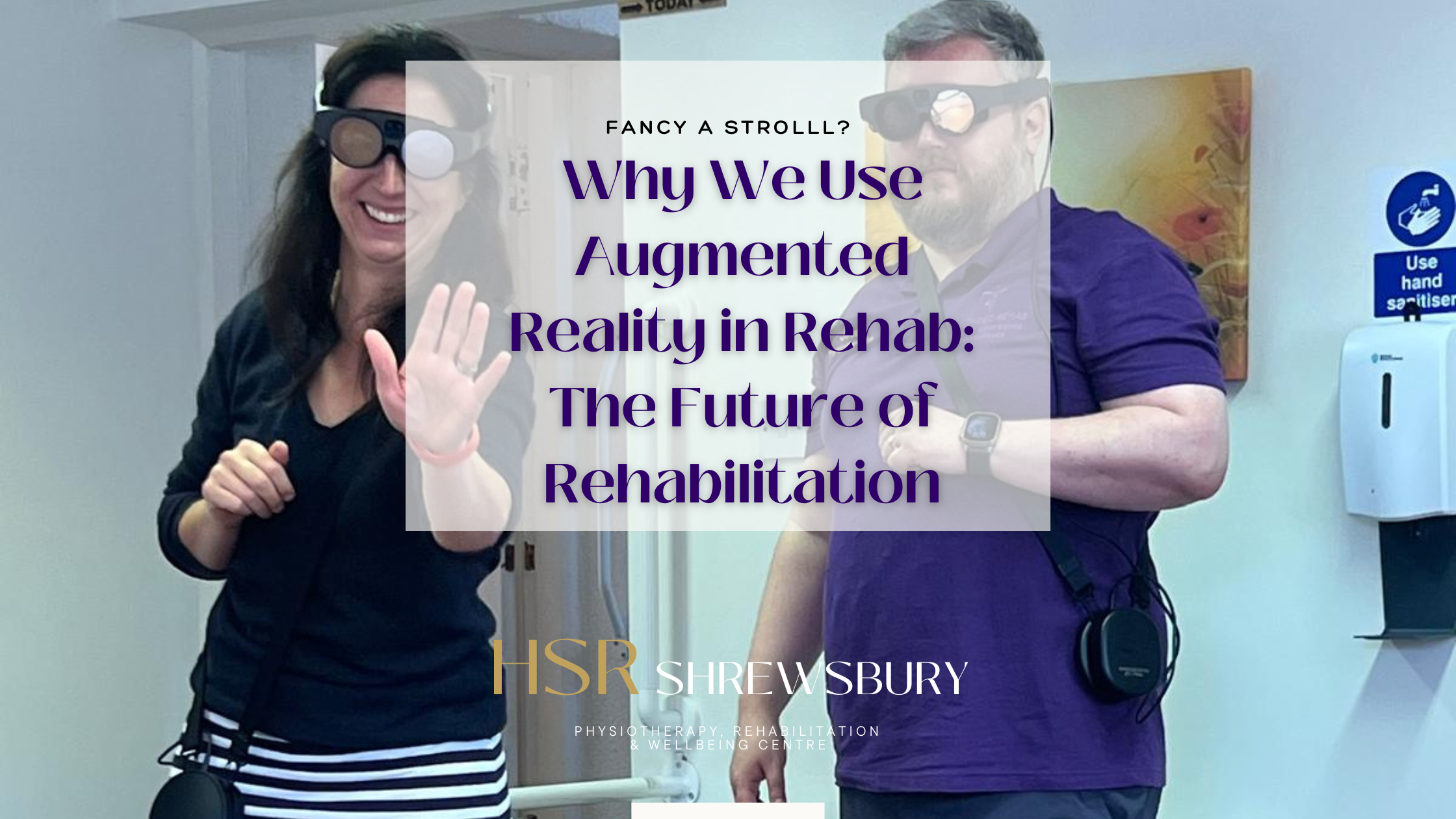Why We Use Augmented Reality in Rehab: The Future of Rehabilitation
At Healthsec Rehab, we’re dedicated to giving our clients the best, cutting-edge rehabilitation experiences—and augmented reality (AR) is at the heart of it. If you’re new to AR in rehab, think of it as taking the best elements of physical therapy, enhancing them with real-time digital cues, and wrapping it all up in a way that feels more like play than work. With tools like Strolll’s Reality DTx®, we’re empowering patients to regain function, independence, and confidence in ways that are both fun and scientifically grounded.
Making Rehab Fun and Engaging
Traditional rehab can sometimes feel repetitive and tedious, which is one reason adherence can drop off. But with AR, clients engage in gamified exercises designed to challenge them progressively. By using interactive elements and immersive feedback, patients stay motivated as they tackle their recovery goals in ways that feel rewarding and engaging. Each game or exercise in Strolll’s platform can be personalised to meet the unique needs of the individual, creating a bespoke therapy plan that evolves as they progress. This keeps clients involved and makes each session something to look forward to.
Safe and Immersive Yet Real-World Oriented
A key advantage of AR over virtual reality (VR) is that it enhances real-world settings, which keeps therapy grounded in actual movement contexts. With AR, patients can walk, stretch, or balance in their real environment while responding to visual or auditory cues designed to improve their gait, posture, and mobility. For instance, Reality DTx® can offer cues to adjust stride length and speed, making it particularly effective for those managing conditions like Parkinson’s disease. These cues don’t just improve mobility but do so in a way that’s immersive and directly translatable to daily life tasks.
Transformative Home Care
Augmented reality is helping bridge the gap between clinic-based rehab and home care. By sending patients home with AR glasses, we’re able to extend the frequency of session without demanding more clinic hours or staff time. AR supports asynchronous home-based therapy, allowing patients to continue progressing independently. This not only amplifies their results but also supports scalability, a huge plus in today’s healthcare landscape where demands are rising faster than resources.
Measurable Outcomes and Data-Driven Insights
Another major benefit of AR in rehab is the ability to track progress meticulously. Strolll’s platform, for instance, automatically logs each session’s details, collecting objective data that informs therapists on exactly where patients are excelling or need more support. This approach reduces time spent on administrative tasks, allowing our therapists to focus more on patient interaction and adjusting plans based on real, actionable insights.
AR in rehabilitation isn’t just a tech gimmick—it’s a genuinely transformative approach to healthcare. By making therapy engaging, accessible, and effective, we’re paving the way for a future where recovery feels less daunting and more empowering. The result? Happier, healthier clients who can reclaim their independence with confidence.
For those interested in seeing how AR could enhance their recovery, reach out to Healthsec Rehab to learn more about our AR-based offerings!
Sources:
(https://strolll.co/solution/digital-transformation/), AR Visual and Auditory Cueing

